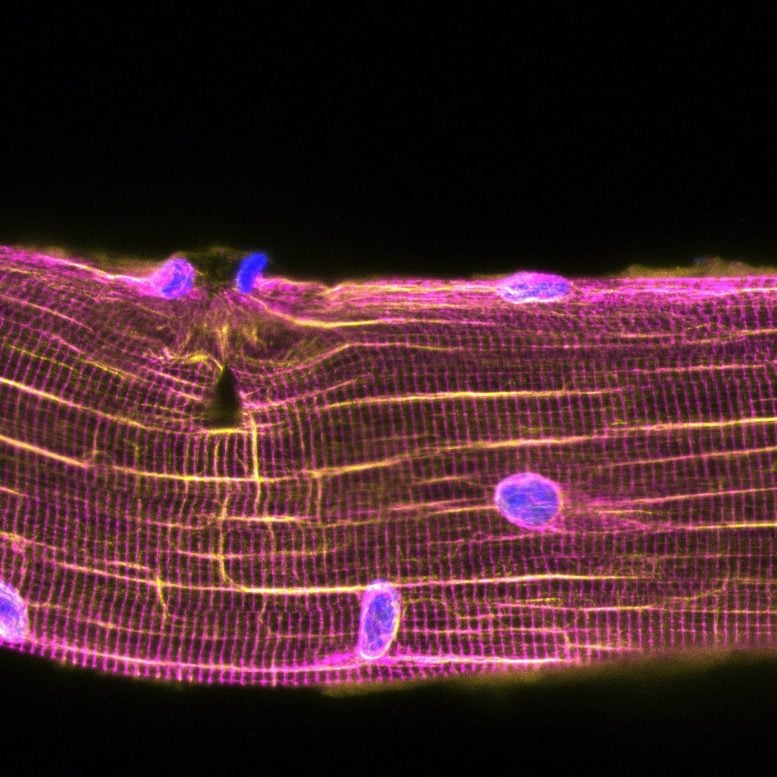
The microtubule network (green) re-organizes at the muscle lesion and attracts myonuclei. Credit: William Roman, iMM
Muscle is known to regenerate through a complex process that involves several steps and depends on stem cells. Now, a new study led by researchers at the Instituto de Medicina Molecular João Lobo Antunes (iMM; Portugal) and the University Pompeu Fabra (UPF Barcelona; Spain) and published on October 15, 2021, in the scientific journal Science describes a new mechanism for muscle regeneration after physiological damage relying on the rearrangement of nuclei. This protective mechanism opens the road to a broader understanding of muscle repair in physiology and disease.
Skeletal muscle tissue, the organ responsible for locomotion, is formed by cells that have more than one nucleus, an almost unique feature in our body. Despite the plasticity of muscle cells, their contraction can be accompanied by muscle damage. William Roman, the main author of the study and researcher at iMM and UPF Barcelona, explains: “Even in physiological conditions, regeneration is vital for muscle to endure the mechanical stress of contraction, which often leads to cellular damage.” Although muscle regeneration has been deeply investigated in the past decades, most studies were centered on mechanisms involving other cells, including muscle stem cells, which are required upon extensive muscle damage.
“In this study, we found an alternative mechanism of regeneration that is muscle cell autonomous,” says Pura Muñoz-Cánoves, group leader at the University Pompeu Fabra, and study leader. Researchers used different in vitro models of injury and models of exercise in mice and humans to observe that upon injury, nuclei are attracted to the damaged site, accelerating the repair of the contractile units. Next, the team dissected the molecular mechanism of this observation: “Our experiments with muscle cells in the laboratory showed that the movement of nuclei to injury sites resulted in local delivery of mRNA molecules. These mRNA molecules are translated into proteins at the site of injury to act as building blocks for muscle repair,” explains William Roman. On the importance of these discoveries, Pura Muñoz-Cánoves says: “This finding constitutes an important advance in the understanding of muscle biology, physiology, and muscle dysfunction.”
In addition to its implications for muscle research, this study also introduces more general concepts for cell biology, such as the nuclear movement to injury sites. “One of the most fascinating things in these cells is the movement during the development of their nuclei, the biggest organelles inside the cell, but the reasons why nuclei move are largely unknown. Now, we showed a functional relevance for this phenomenon in adulthood during cellular repair and regeneration,” says Edgar R. Gomes, group leader at the Instituto de Medicina Molecular and Professor at Faculdade de Medicina da Universidade de Lisboa, who co-led the study.
Reference: “Muscle repair after physiological damage relies on nuclear migration for cellular reconstruction” by William Roman, Helena Pinheiro, Mafalda R. Pimentel, Jessica Segalés, Luis M. Oliveira, Esther García-Domínguez, Mari Carmen Gómez-Cabrera, Antonio L. Serrano, Edgar R. Gomes and Pura Muñoz-Cánoves, 15 October 2021, Science.
DOI: 10.1126/science.abe5620
The work was developed at iMM and UPF Barcelona in collaboration with the University of Valencia. This study was funded by the Association Française contre les Myopathies, the European Molecular Biology Organization, the Human Frontiers Science Program, MINECO-Spain and the European Research Council.

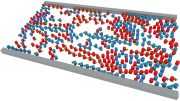

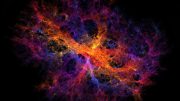
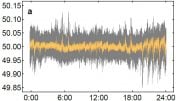
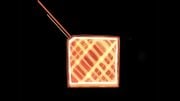
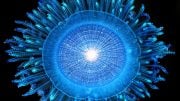
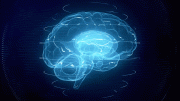

For an armchair scientist, you guys nail it! I love keeping up with the latest and greatest in science, all around. Thank you so much.